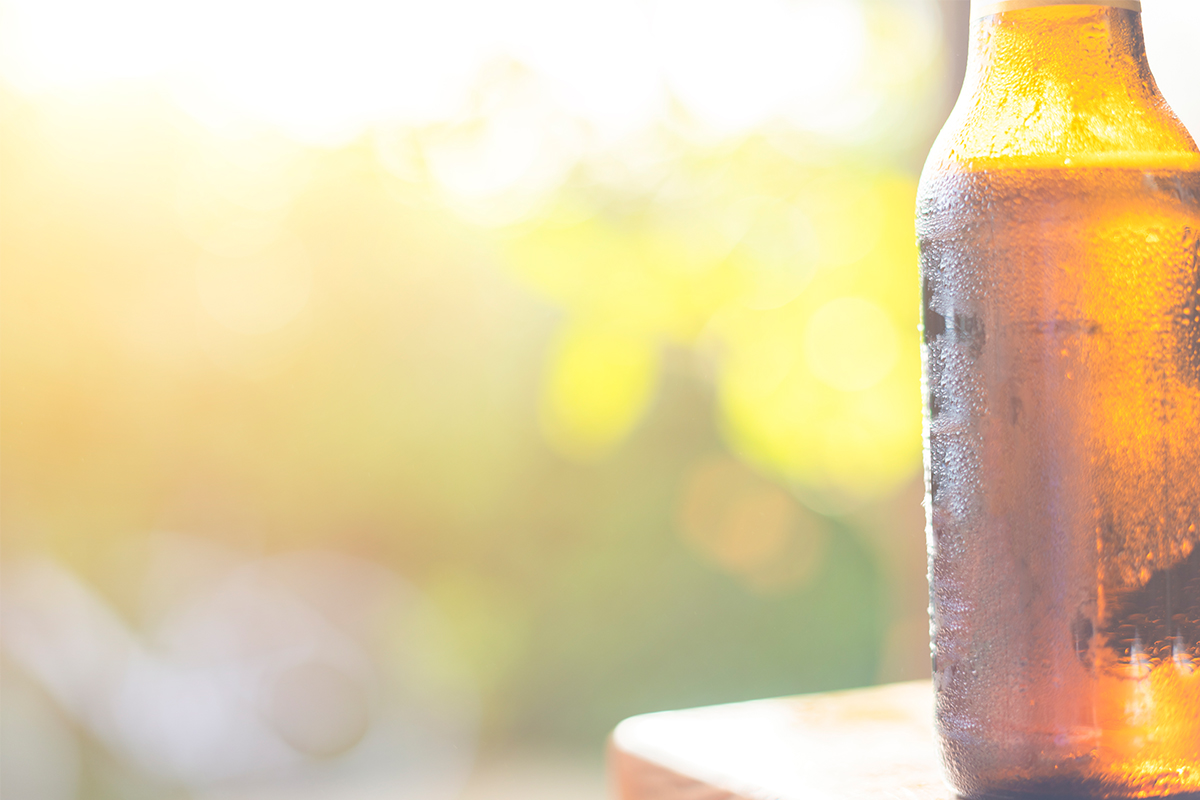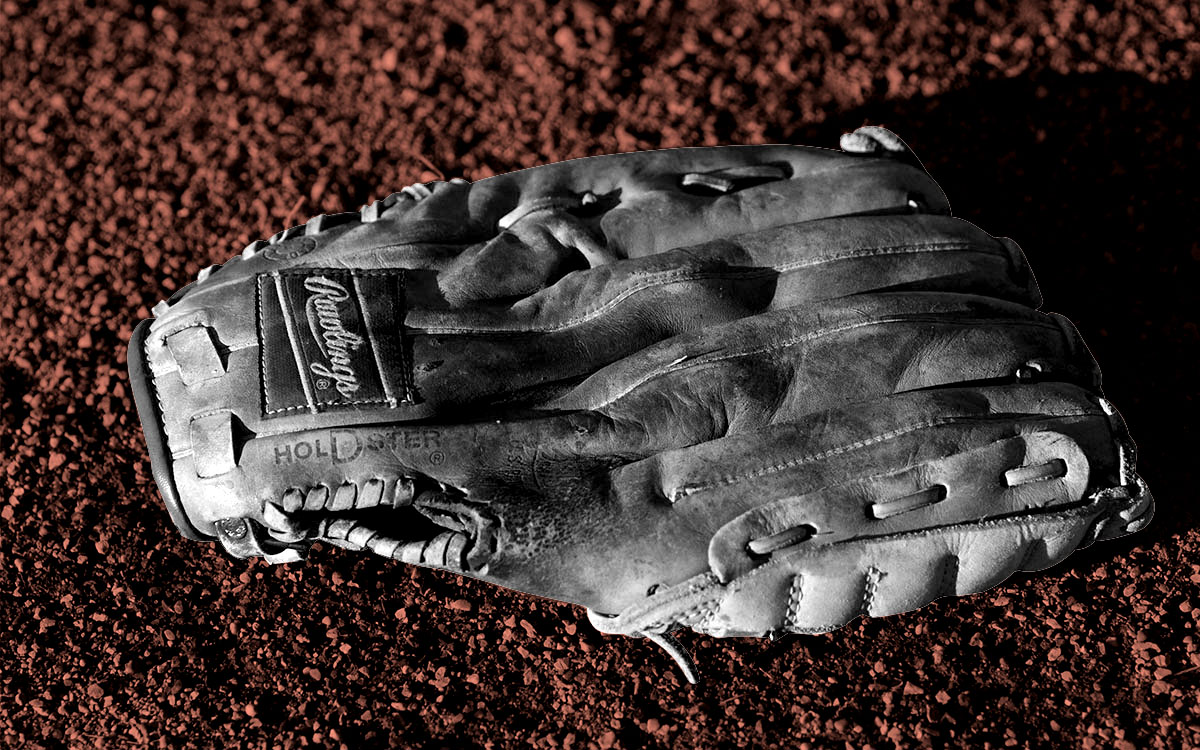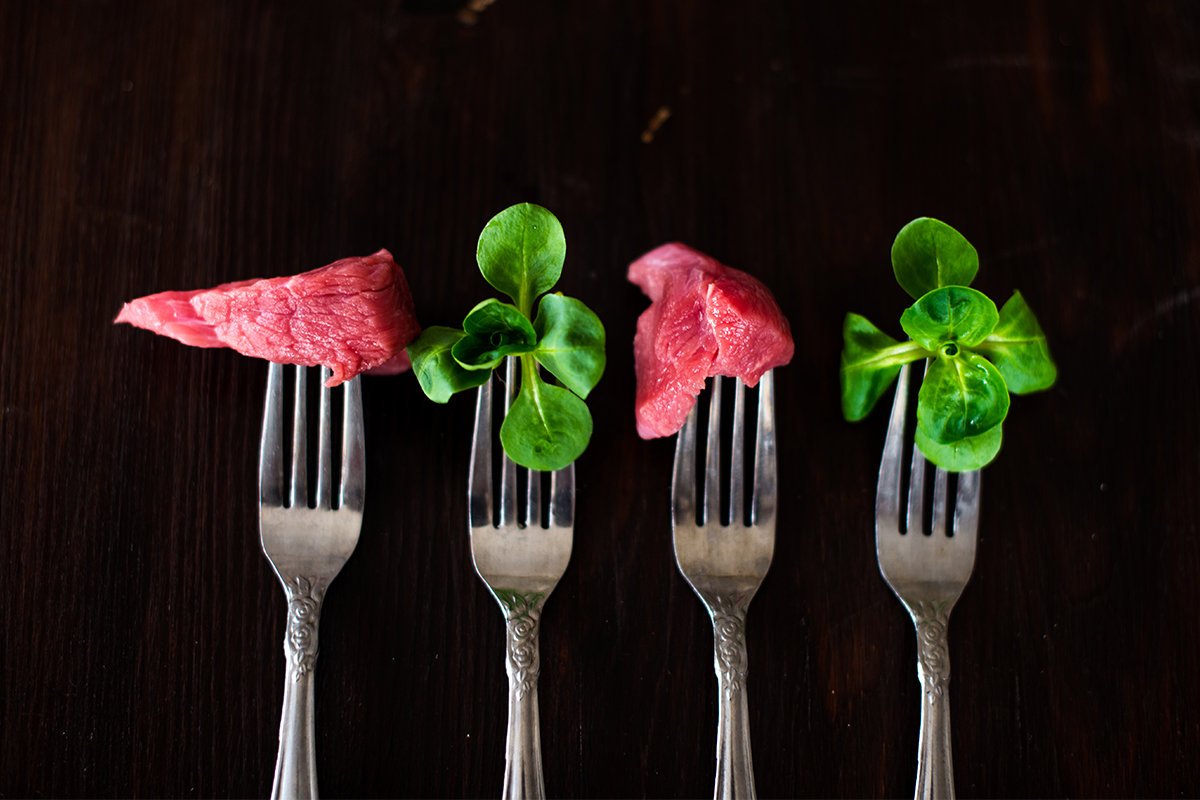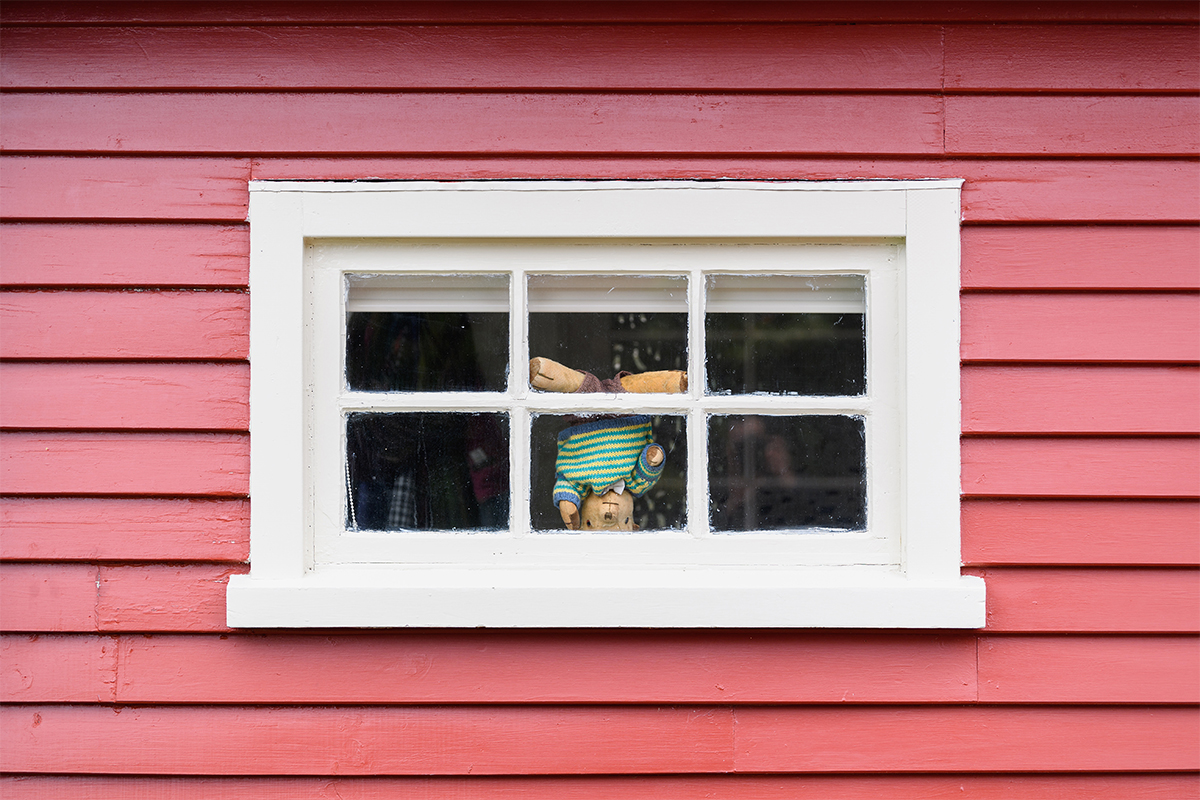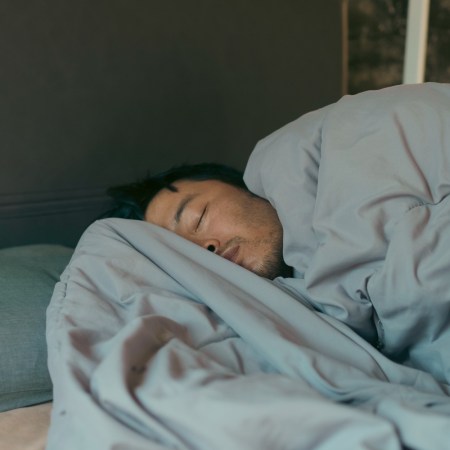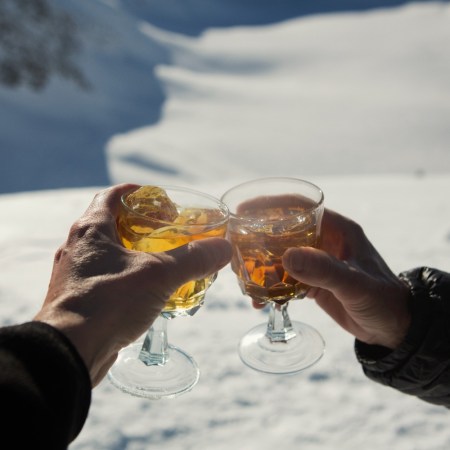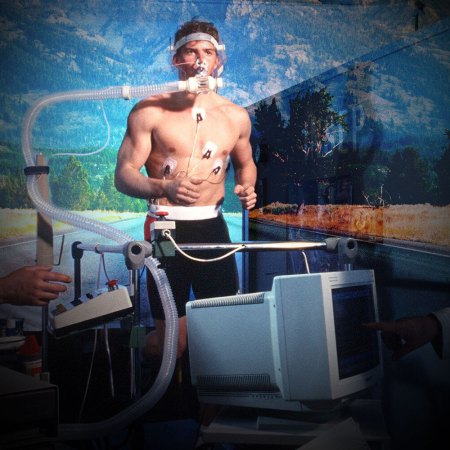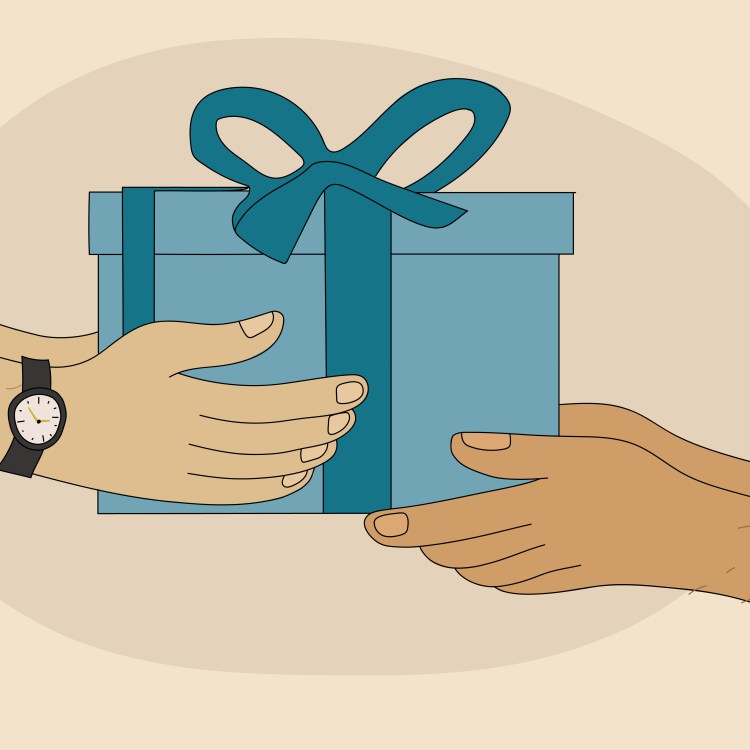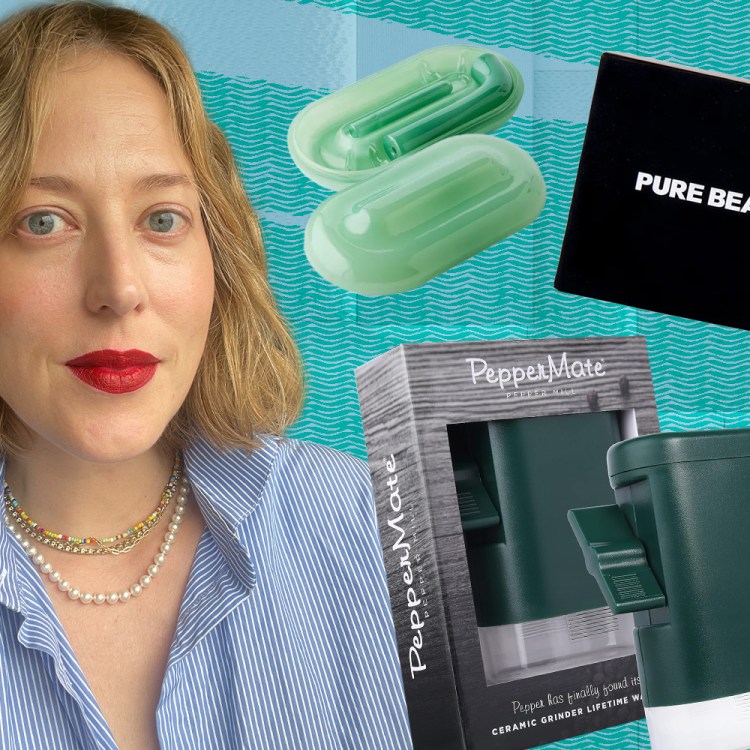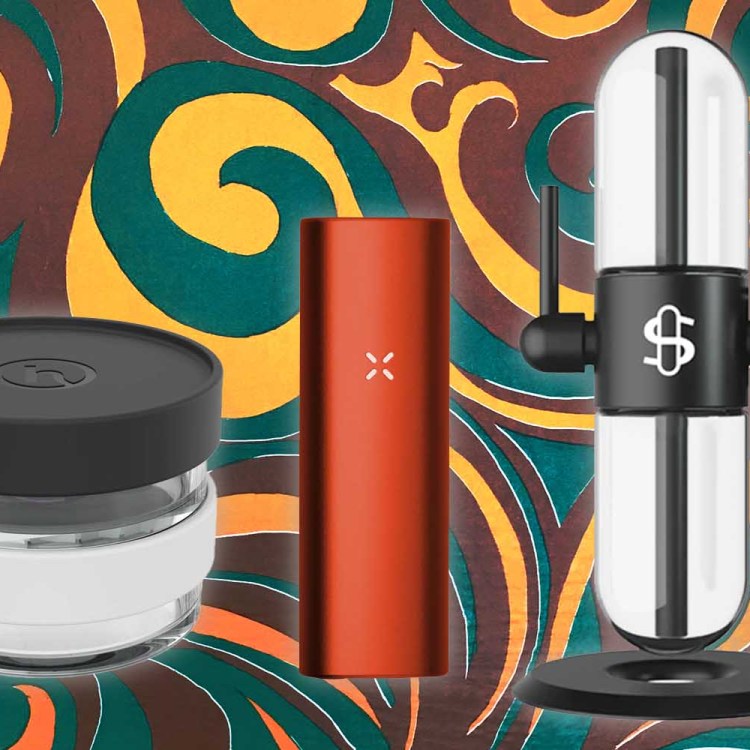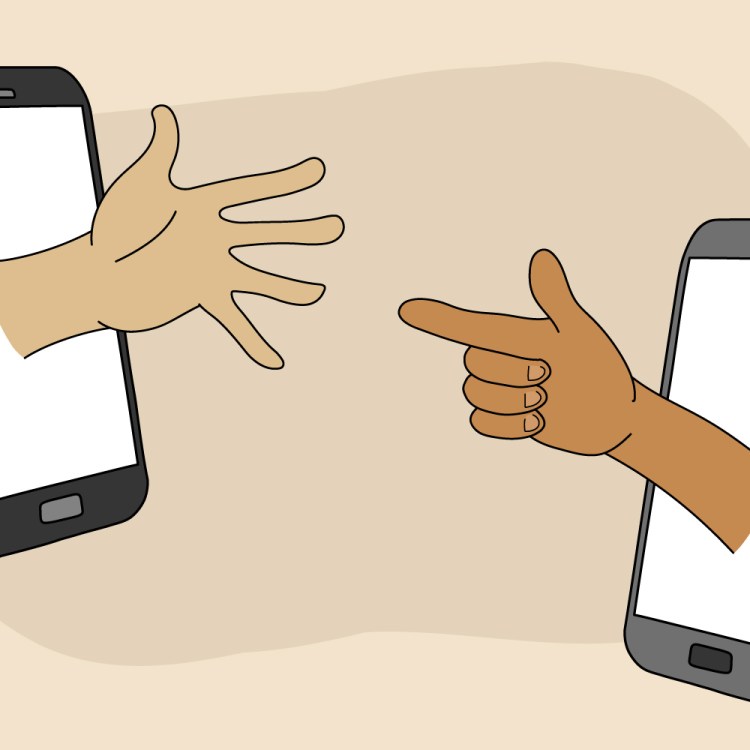I decided I was going to try Dry January this year after reading a tweet from Rob Delaney.
He’s the star and co-writer of Amazon Prime’s Catastrophe, and came to fame in the early 2010s as one of the first comedians to publish jokes directly on Twitter. One of his best bits is a clueless husband pointing out to his followers that his wife seems to be getting quite close with her karate instructor. This particular message, though, was completely genuine. Delaney wrote: “Imagine this’ll be a tough holiday season mentally/emotionally, even for normal people. As a non-normal, my time-tested tools for surviving hard times include no alochol/drugs, daily exercise, and helping others. I can’t talk myself out of a bad mood, but I can act myself out of one.”
Delaney lives in London, and he posted that tweet the same day Prime Minister Boris Johnson announced an imminent shutdown of the United Kingdom in response to the rapidly spreading UK variant. The weekend before Christmas, Parliament closed train stations, grounded planes and effectively ended holiday plans for millions. Still, Delaney’s message was relevant just about anywhere. Who really thought, back in April, or even in August, that we’d be marching into the end of the year still here, still separated from loved ones, still far off from normal times, let alone good ones?
For many, the natural inclination going into the holidays —indeed, for plodding through much of 2020 — was to make the best of the shittiest of situations. To drink. At the beginning of quarantine, there was a pervasive, “wink-wink” leniency regarding alcohol consumption, just as there was regarding cookie consumption or TV consumption. You want us to stay home? Fine. Just don’t fault us if we turn to the fridge or pantry to make it all a little easier. People drank with family, with roommates, with coworkers over Zoom. The world seemed eager to accommodate the movement. Many states declared liquor stores essential businesses, a proliferation of apps perfected door-to-door alcohol delivery, and in the summertime, nomadic bartenders roamed parks with bottled cocktails.
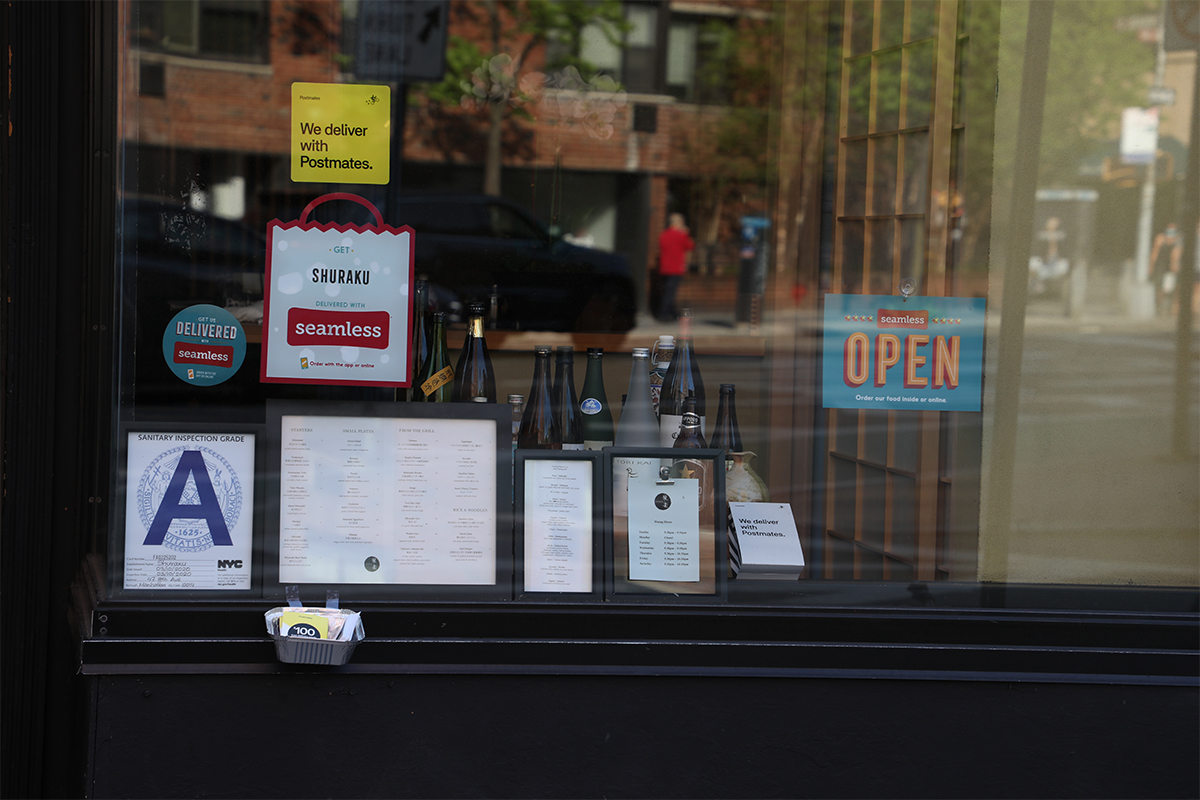
But the early-days drinking of COVID-19 never really calmed down; according to a study conducted by the RAND Corporation, drinking is up across the United States, and heavy drinking especially. E-commerce sales of alcohol increased by $2.6 billion from 2019 to 2020, as Americans came to pack their drinking into “binge episodes” — research shows alcohol was consumed one more day, per month, for three out of every four adults. A survey determined to pin down the root cause for the uptick reported that 53% of drinkers were “trying to cope with stress,” 39% were “trying to relieve boredom” and 32% “trying to cope with mental health issues.”
I’d never Dry January’d before this year, though I’ve been familiar with the concept for a while. The ritual began in the UK in 2012, and built its British supporters from 4,000 to four million in just five years. It found its footing in the States a few years ago. I’ve resisted because the ritual seems rooted at the crossroads of “get fit quick schemes” and performative social media, two trends I do my best to avoid as a health-and-fitness writer. In that vein, I can understand why publications like The New York Times, The Wall Street Journal, and Eater were urging readers, at the beginning of the month, to sit Dry January out.
Quitting alcohol for a month can help lower certain crucial biometric markers — blood pressure, cholesterol, one’s risk of diabetes — but the act itself isn’t a serious, sustainable solution. That’s especially true when those observing the ritual only do so to “make amends” for whatever tomfoolery they got up to in the last week of December, and then spend much of January salivating over the prospect of a boozy February. In this way, Dry January has become more sport than solution, a momentary test of will with a badge at the other end.
And more often than not, that badge is bandied about on Instagram or Twitter. People look to their followers for a pat on the back or camaraderie in the torture. Usually, that isn’t an issue; it recalls other viral lifestyle challenges, like Tough Mudder races or freezing-cold, “wild swimming” adventures. But alcohol is the main character in Dry January, not rope climbs or a lake. Even if the movement started as a public health campaign with noble intentions, the hoopla surrounding Dry January has accelerated from production to predatory, depending on your point of view.
Nearly 15 million Americans suffer from an alcohol use disorder. They don’t have the option to turn their drinking “on” or “off,” with the flip of a calendar page. Is it right to make light of that reality? I wrestled with these ideas before committing to a month of sobriety. Delaney’s tweet helped. The comedian — who’s been sober for a decade, by the way — obviously wasn’t posting a Dry January call to arms, but his words contextualized this moment: these are hard times. And how often, during hard times (think beyond a global pandemic, if you can, to breakups, job searches, lost loved ones) has drinking made anything better?
Another way of looking at it — drinking had the keys to the house for the first 10 months of the pandemic. Why not give sobriety a shot for 30 days? By this way of thinking, Dr January is more than a hashtag; it’s a legitimate, always-available option, for anyone interested in a different approach during a debilitating era. I’m not the only one to come to this conclusion this year. Polls from Morning Consult, YouGov, and Attest Surveys found that 15% of all American adults were considering going cold-turkey on alcohol for at least the first month of 2021. That’s up 5% from last year.
It’s possible that many are out to check a box on their bucket list, and considered this year, with bars still closed or at limited capacity, their surest pathway to success. They wouldn’t be wrong. Temptation is lesser (or, at least, quite different) during the 2021 edition of the tradition. As I now head into the final days of my first Dry January, I’ve wondered what this experience might’ve looked or felt like had I been fielding invites to biergartens or NFL watch parties. One Twitter user wrote the other day: “I’ve done Dry January without meaning to.” The un-sexy truth is I largely kept to myself, as I had been doing for many months prior, cycling through a routine of work, exercise, TV, phone catch-ups, and sleep.
But even though I didn’t have to think much about it while it was happening, I did take note of changes in my energy, interests and disposition. The National Institute on Alcohol Abuse and Alcoholism, taking its cues from the U.S. Dietary Guidelines, defines “moderate drinking” as one drink per day for women, two for men. On a weekly basis, historically, I come in under 14 drinks. But that’s only because I save my drinking for Friday and Saturday nights. When I drink — and it’s usually beer or spiked seltzer — I’ll have five or six. According to the Substance Abuse and Mental Health Services Administration, having five or more drinks on five or more days a month qualifies as a binge drinking habit.
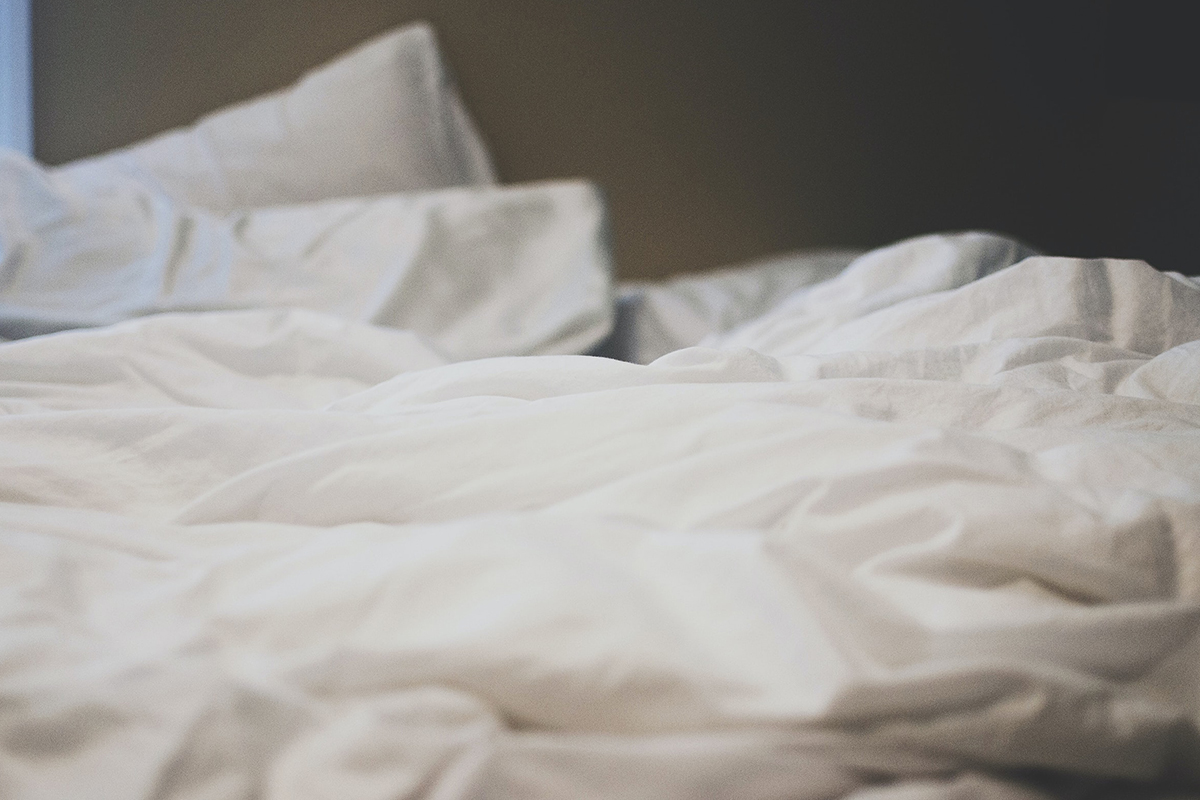
Waking up on Saturday and Sunday mornings without the physical fallout of that habit has been revelatory. Above all else, I’ve noticed the relationship between sobriety and better sleep. Since before my college days, I haven’t known what it feels like to function on a body that goes multiple weekends (if even one) without some form of recreational drinking. Yes, you lose that ten-seconds-to-sleep superpower bequeathed by a night of imbibing, but you gain restorative REM sleep. Perhaps the most critical portion of a night’s sleep, it’s when the brain consolidates memories, emotions and information, and the body works towards healing soreness and maladies. During eight hours of (non-alcohol-addled) sleep, you can expect to have up to five cycles and 90 total minutes of REM sleep.
So, I had that going for me. And all the good sleep became self-fulfilling. I wanted more of it. I extend my weeknight wind-down routine — which includes sleep tea, a tech-less bedroom, no nighttime snacking — to the weekend, which I’d previously viewed as a “safe zone” for less regimented behavior. Generally, on weekend mornings, my stomach plays host to some spirited warfare to the night before’s lagers and potato chips. But thanks to my newfound self-restraint, I could cut off my eating by 8:00PM, and wake up feeling fresh. Plus: my back felt amazing. Poor sleep leads to lots of tossing and turning, which isn’t ideal for the posterior chain. Alcohol consumption also dries out the spinal discs, which causes pressure on nerves in the area.
I no longer needed to spend half the morning recovering from the night before, or desperate to soak up the alcohol in my system with something greasy, so I doubled down on working out. I haven’t missed a scheduled run, lift, or Peloton session this month. And whatever activity I’ve been doing, I’ve felt engaged, like I’m getting better, not just scraping through. If I’ve developed an “unhealthy” reliance on anything, it would probably be running. My mood is noticeably sour until I get out to move my legs and suck in some fresh air. Taking a load off my liver empowered me to put a heavier load on my legs — I ran my farthest distance in years two weeks ago, 10 miles around the New Jersey-New York border.
Clearly, I haven’t been able to test the social implications of life without alcohol. I’m a bit untested. Had there been a ballgame or wedding during this, I’m sure I would’ve yearned for a bottle or glass in my hand. There are situations where alcohol feels inextricable — it’s atmospheric, if not an outright crutch — and I didn’t have to face many of them this time around. But therein lies the key: this time around. It’s telling that you don’t hear much about Dry July. For so many, Dry January bats leadoff for the year ahead because it’s an opportunity for a quick win, like joining a gym or buying floss in bulk. But maybe it doesn’t have to be that way. Maybe it’s worth exploring one’s relationship with something so “necessary” when you think you need it the most.
At the beginning of the month, when domestic terrorists attacked the Capitol Building, there was some chatter about Dry January online. The most common sentiment? “Well, we tried.” A sales manager at New York’s Astor Wine & Spiritis noticed an immediate increase in sales. She told the Journal, “I think most people who started Dryuary gave it up on January 6th.” I didn’t have a drink that day, but I understood exactly why people did. Just as I understand why people have had more to drink over the last several months. The thing is, that wasn’t the last horrifying headline of the year. We aren’t guaranteed a total return to normalcy in 2021. It could come, but according to Dr. Anthony Fauci, we’re looking at next fall at the earliest. And that’s only if vaccine distribution picks up.
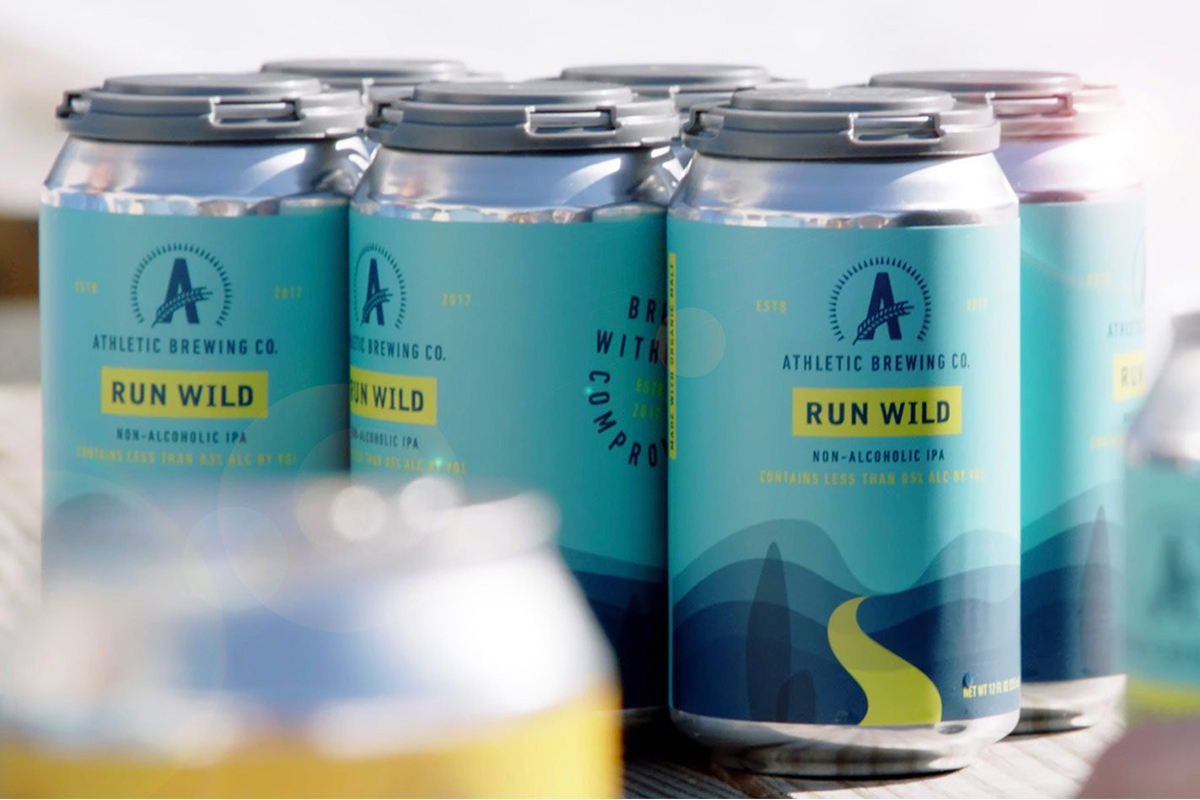
It’s worth having multiple Dry Januarys this year. Welcome them, in whatever iteration they may arrive. Have a Dry April, have a Dry First Week of June. Quarantine has often been described as a time to “reassess relationships.” Many have interpreted that idea to mean friends, colleagues, hangers-on. It can be applied to alcohol, too. All the lifestyle benefits you can expect from quitting drinking (trim fat, boost your immune system, lower your risk of disease), will only start to kick in with a long-term commitment to the routine. But there is worth in achieving even a bite-sized understanding of what things look like on the other side of the fence. The key is to be honest with yourself, and not too honest with your online following — again, this is a sensitive topic for people out there, perhaps even people you know well.
There’s an evolutionary psychologist named Glenn Geher, who writes about mankind’s relationship to resources. What was once scarce is now plentiful — too plentiful. There weren’t any diets or detoxes in ancient times because there weren’t any grocery stores or bodegas. We invent concepts like Dry January because we’re the children to an age of instant gratification. Aggressive bouts of fasting isn’t the best answer here. Moderation is the endgame. But they can be part of the journey.
I won’t be tapping a keg on February 1st, but I’ll have a couple beers the Friday after that. And I legitimately plan to keep it to a couple. My conclusion to this month — “Hmm … probably going to drink a little less this year” — is anti-climactic, but that’s sort of the point. There’s no need to up the stakes. My life isn’t a reality show. Maybe I’ll learn to perfect a cocktail. Maybe I’ll try some non-alcoholic beer from Athletic Brewing Company (which has reported a 500% increase in traffic this month). Maybe I’ll just take more Friday drinking nights off and get some early Saturday runs in. In the end, sustainability, optionality, and a whole bunch of sleep are what I’ll hold on to from this month. In a year already angling to give the infamous 2020 a run for its money, I’ll take it.
Whether you’re looking to get into shape, or just get out of a funk, The Charge has got you covered. Sign up for our new wellness newsletter today.
